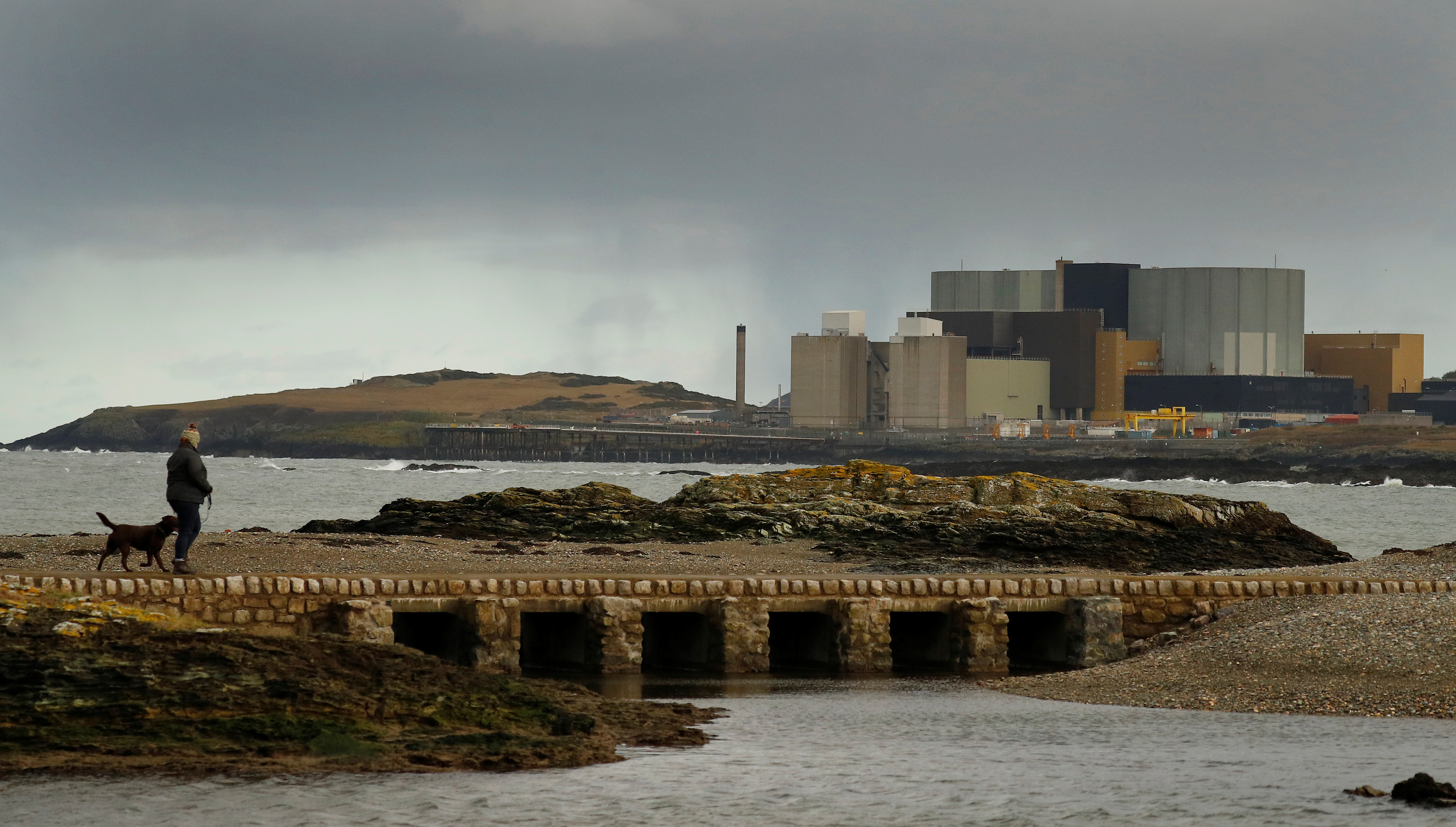Exelon hiring, investing after Illinois decision; UK PM sees nuclear at Wylfa
Our pick of the latest nuclear power news you need to know.

Exelon Generation is hiring 650 people and starting more than $300 million in capital projects for the next five years after the Illinois General Assembly passed clean energy legislation that saved its nuclear plants in the state, Byron and Dresden, the company said in a statement.
Exelon had threatened to close its two pressurized water reactors at Byron in September and its two boiling water reactors at Dresden in November before legislators passed a Climate and Equitable Jobs Act which included $694 million to keep the plants open.
“With this landmark legislation in place, we are moving quickly to restaff and refuel all of our nuclear plants for 24/7 operation, producing carbon-free, baseload electricity for more than 10 million homes and businesses,” said Dave Rhoades, Exelon Generation’s Chief Nuclear Officer.
Byron Station, which began refueling after the State Governor signed the legislation, plans to invest $140 million into the plant in the next five years on projects overhauling a main generator, replacing large transformers, upgrading a fiber optic system, and replacing various pumps, motors and piping in the plant, Exelon said.
Dresden’s Unit 2 refueling will begin in November, and the company has earmarked almost $170 million in capital projects for the next five years to upgrade its six feedwater heat exchange vessels, refurbish a main generator, overhaul electrical components, replace closed cooling piping, and revamping nuclear instrumentation circuit components.
UK PM sees nuclear at Wylfa
Proposals for a new nuclear plant at Wylfa in Northern Wales are being studied, British Prime Minister Boris Johnson said in an interview with BBC Wales.
Nuclear should be part of the power generation mix in Britain, Johnson said.
“Governments in this country have refused to take the tough decisions on nuclear for too long. We need to go forward with more nuclear power. I do think it should be a big part of our baseload,” Johnson told the BBC.
Earlier this year, United Kingdom-based hybrid energy services company Shearwater Energy signed a Memorandum of Understanding to investigate the use NuScale’s small modular reactor (SMR) to develop a wind-SMR-hydrogen production energy project in Wylfa.
Meanwhile, a consortium involving U.S. company Bechtel has proposed building a Westinghouse AP1000 reactor, while the OPEN100 project has also been eying the site for a potential SMR deployment.
However, in January, Horizon Nuclear Power’s parent company Hitachi said it was pulling out of at project to build two Advanced Boiling Water Reactor units at the site after a break down in financing talks with the government.
China nuclear fleet seen as largest in the world by 2030
China’s nuclear fleet is expected to become the largest in the world by 2030, according to a new report by the International Energy Agency (IEA).
China’s nuclear power industry is expanding rapidly due to deep government commitment to a long-term nuclear power strategy, risking leaving Europe and North America behind as they squabble over financing and political phase-out policies.
Nuclear power is seen almost quintupling between 2020 and 2060 according to China’s Announced Pledges Scenario, which reflects targets announced by China in 2020, the IEA said in its study ‘An Energy Sector Roadmap to Carbon neutrality in China.’
Some 48 reactors have been commissioned for between 2000 and 2020, the IEA report says, taking the total to 51 and boosting the share of nuclear in primary energy demand from 0.4% to 2.7% and the share of power generation from 1.2% to over 5%.
Meanwhile, the share of nuclear in the generation mix is seen rising to 10% in 2060 from 5% in 2020 – equal to adding four 1 GW reactors every year on average with construction focused on coastal regions.
“Despite the continued dominance of fossil fuels, the use of modern low-carbon fuel and technologies, including nuclear, hydropower, bioenergy and other renewables, has grown considerably over the last decade, their share of total primary energy demand rising from 9% in 2011 to 14% in 2020,” the IEA said.
China has the third largest nuclear power fleet in the world behind the United States and France, with 18 nuclear reactors under construction with a combined capacity of 17,270 MWe. The nuclear fleet of 51 reactors generates almost 50 GWe, up from 10 GWe in 2010.
China’s 14th Five-Year Plan, passed by the Chinese parliament in March, calls for installed operating capacity for nuclear power to reach 70 GWe by 2025.
By Reuters Events Nuclear
